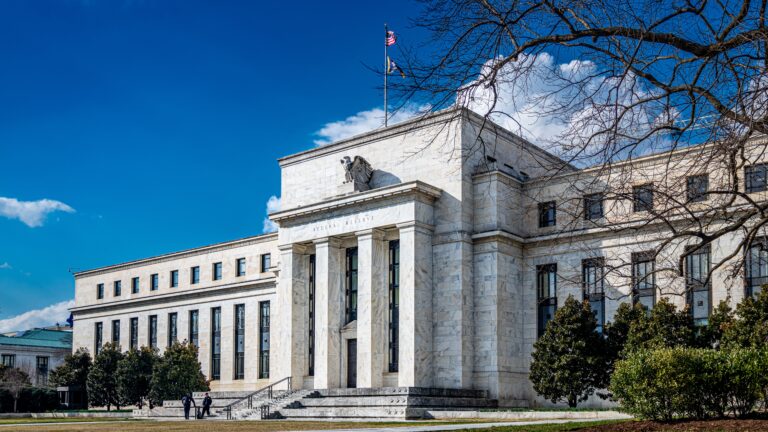
An Expensive Lesson on Uninsured Deposit Risk in Cash Management
Introduction
The single biggest credit risk for institutional cash investors lies in the large uninsured deposits they leave at their operating banks. Particularly at risk are uninsured balances at banks with less diversified business profiles and aggressive risk cultures that expose depositors to the risk of a bank run, which is difficult to predict and even harder to stop. At one such bank, these risks unfortunately came to a head last week. Silicon Valley Bank (SVB), the $209 billion storied lender to the innovation industry, closed its doors less than 48 hours after disclosing trading losses and equity offerings after a run on deposits left thousands of businesses and individuals frozen out of their cash accounts with unknown future losses.
As an independent investment advisor to managers of institutional cash portfolios for more than three decades, Capital Advisors Group (CAG) consistently cautions on the risk of uninsured deposits as undiversified and unsecured credit exposure to financial institutions. Out of the ashes of the 2007-2008 Global Financial Crisis, more stringent regulatory oversight, including tougher capital and liquidity rules and stress tests, greatly bolstered the credit strength of large financial institutions worldwide. Problems are now easier to detect, and tools are in place to resolve them.
Smaller and less diversified lenders, however, may fly under the regulatory radar and sneak up on depositors, investors and the public, especially in a rising rate environment when credit conditions are tight and all lenders tend to experience losses. For that reason, our list of CAG-approved banks for institutional cash management portfolios includes only large, systemically important financial institutions.
In the following, we will explain why the factors that led to SVB’s downfall are either unique to its business and client profiles or are impacting it more severely due to its status as a small but aggressively growing lender in a difficult macro environment. Our takeaway is that when it comes to credit worthiness, SVB is truly an outlier in contrast to the strong large global and regional banking credits approved for our institutional cash portfolios. In addition, let this be an expensive lesson that uninsured deposits at any bank, large or small, strong or weak, are concentrated bank risk that should be evaluated by the institution’s standalone strength and be part of a diversified portfolio of high-grade liquid instruments.
Please click here for disclosure information: Our research is for personal, non-commercial use only. You may not copy, distribute or modify content contained on this Website without prior written authorization from Capital Advisors Group. By viewing this Website and/or downloading its content, you agree to the Terms of Use & Privacy Policy.

